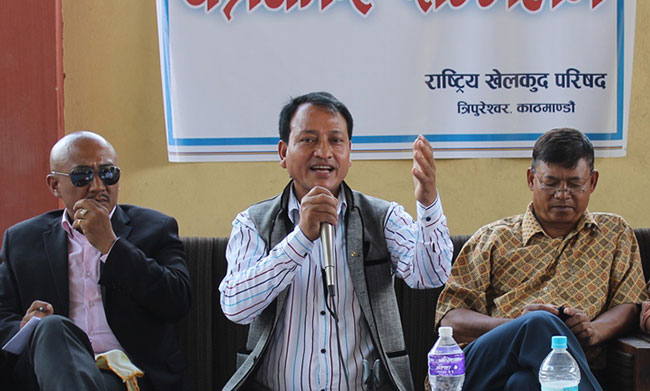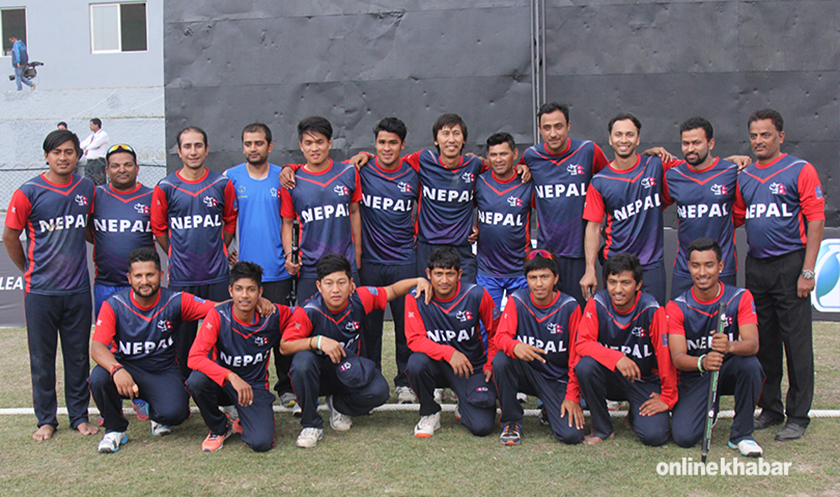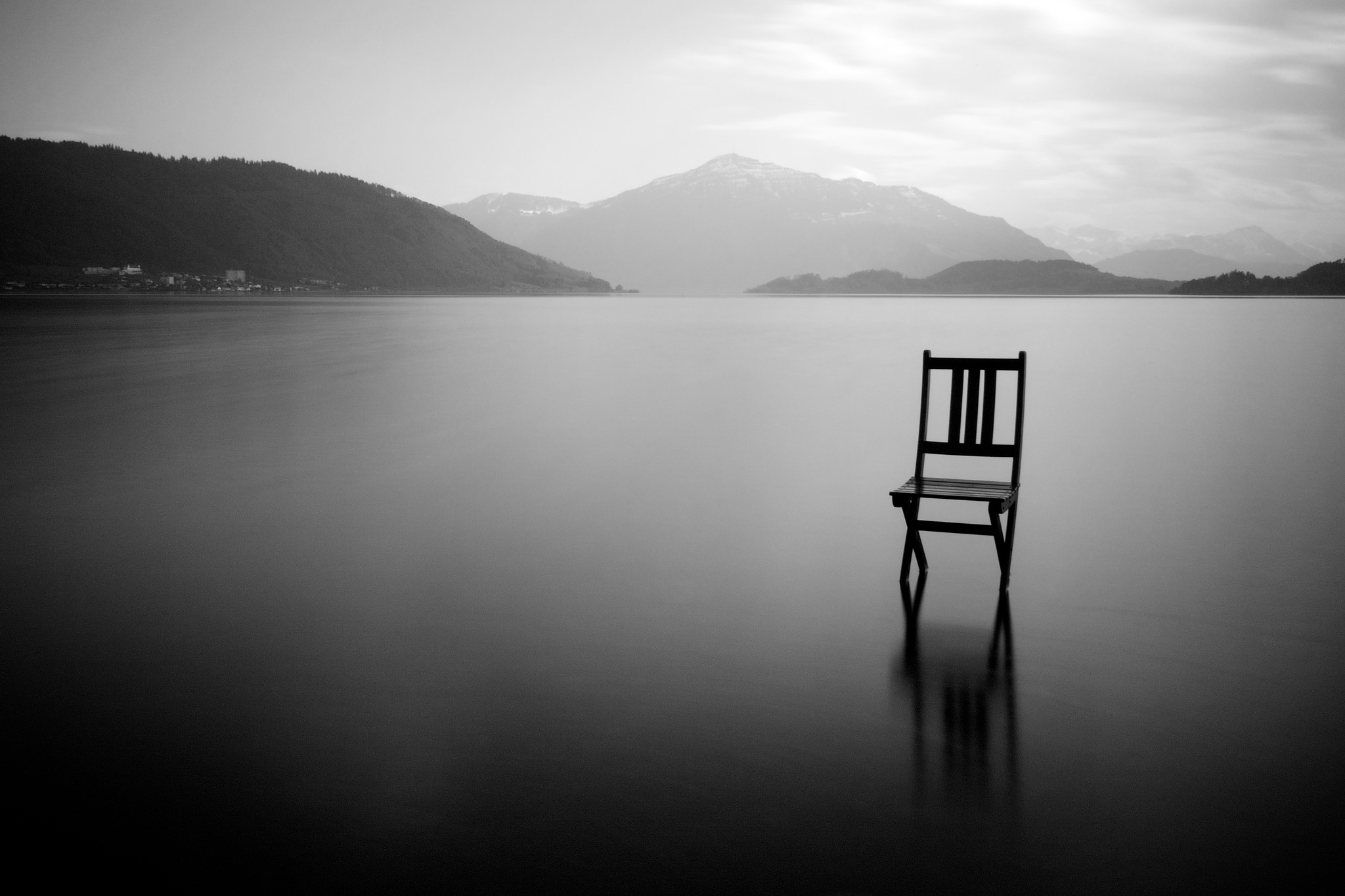Commentary
The International Cricket Council on Monday night suspended Nepal Cricket Association, one of its associate members, saying that it could no longer tolerate government interference in the sport.
The suspension means that Nepal will not be able to host ICC events, nor will CAN receive any funding from the global body. Nepali Cricket teams will be allowed to play international matches, but only under conditions set by the ICC.
What happened yesterday, as followers of the game in Nepal are well aware of, was not something that was totally unexpected; many, including, the ICC’s Global Development Manager Tim Anderson and cricket administrators in Nepal, had seen this coming when they met on the sidelines of the Nepal vs Namibia matches hosted by the ICC in Kathmandu last week.
So who is responsible for the mess? Who are the people responsible for this? These are the questions that every cricket fan wants answered.
The controversy
CAN, which is nearing its 70th anniversary, has always been surrounded in controversies, observers of game say. The association, which was being run by ad-hoc committees for a long time, got its elected leadership for the first time in its history in December 2011.
Tanka Anbuhang, who has no qualms about being a Maoist leader, was elected unopposed as president of the board, and Ashok Nath Pyakurel the general secretary.
In June 2014, the anti-corruption body CIAA filed corruption charges against 10 board members, including the president and general secretary saying that they had embezzled the association’s funds.
With top officials under investigation, the association was being run by acting presidents, who could not perform their duties for lack of a mandate. It was during the same time that the players resorted to protests demanding a change in leadership in the association, ad hike in their benefits.
During the last few weeks (November 5, 2015) of their tenure in office, the 10 people were acquitted by the Special Court. Following the development, the UML, the ruling party, found an opportune moment to gain foothold in CAN, which was earlier under the ‘sphere of influence’ of the Maoists and the Nepali Congress.
The Maoists, including Anbuhang, also backed the UML, at the cost of Congress sympathisers, including general secretary Pyakurel. The communist parties chose the National Sports Council as the agency to execute their design to ‘kick’ Congress out of CAN.
But the main opposition Nepali Congress was in no mood to allow the ruling parties to take over the responsibility for one of the most popular sports in the country. Congress supporters within the association organised a general assembly, and elected Congress leader Chatur Bahadur Chand as president.
In comes NSC
The National Sports Council, which is a government body, did not recognise Chand’s election. Instead of taking the initiative to settle the differences between the Anbuhang and Chand groups, the NSC formed its own ad-hoc committee, with UML sympathiser Ramesh Siwlal as the board president. NSC Member Secretary Keshav Bista says the move was taken with the consent of the ICC.
The tussle between the ad-hoc committee led by the Ramesh Silwal and the the ‘elected committee’ led by Chand has reached the court, and who will lead the association is now for the judges to decide.

That is when the ICC said its patience was wearing thin, and in a matter of few days, CAN was suspended.
Who is at fault?
Although everyone involved in the administration of the game in Nepal is culpable, the National Sports Council is the one at fault the most. The government body, which was supposed to act as a guardian of all sports, aggravated the situation when it was totally not called for.
Similarly, Anbuhang and the rest of the elected members are also to blame for the situation because they gave space (through their incompetence) to the NSC to intervene in CAN. If they had created an atmosphere for free and fair elections, no one could have raise questions about the validity of the election, and NSC would not have any reason to intervene. But Anbuhang supported NSC at the cost of CAN’s autonomy; Chatur Bahadur Chand and Ashok Nath Pyakurel went ahead with the election without getting consent from the NSC.
Courting controversy
Nepal’s Supreme Court has also contributed to the mess CAN is in right now. When the tussle reached the court, it could have saved the game by passing a verdict at the earliest. But what it did was just the opposite. Months after the case was brought up, it still remains undecided on the issue.
What next?
The ICC has already decided, and its decision will have far-reaching consequences on the game in Nepal. It is difficult to say what exact course the game will take now, but going by the past record, we can see that the ICC will appoint a representative to Nepal to work on its behalf. But that is not going to be a long-term solution to the problem.
The ICC has clearly stated that it will not tolerate government intervention in its member associations. With the decision to suspend CAN, ICC now has the upper hand. We are past the point where the ICC would have no option but to accept any decision reached by a consensus among the parties in Nepal. Now the ICC will have its say on how things should move forward, and it may not be to the liking of those involved in cricket in Nepal.






















